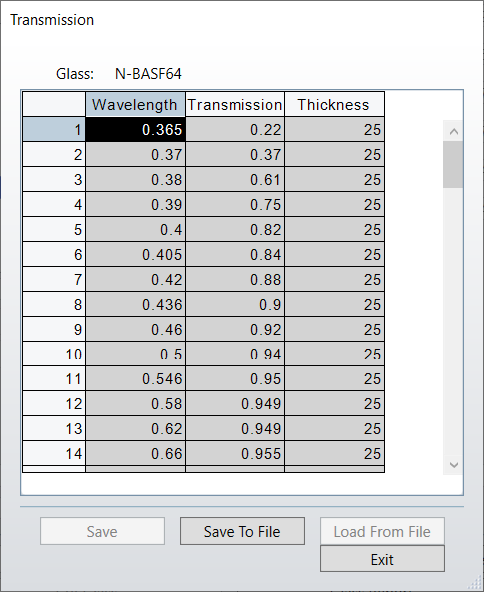Hello,
I was wondering whether the tools available within zemax would enable assessing the throughput of an instrument. Specifically, I can estimate the number N of photons gathered in a pixel placed at the FP of an instrument as:
N = R * p**2 * pi * wave * T / (4 * F#**2 * h * c)
where R is the scene radiance, p the pixel size, T the system transmission, h and c are Planck’s constant and speed of light. My assumption is that, at first order, I can simply use WFNO operand value along with the transmission factor from the transmission analysis since the latter takes into account all coatings defined as well as the vignetting defined by any aperture in the model.
Or am I missing something? Thanks in advance for any insights,
Regards







